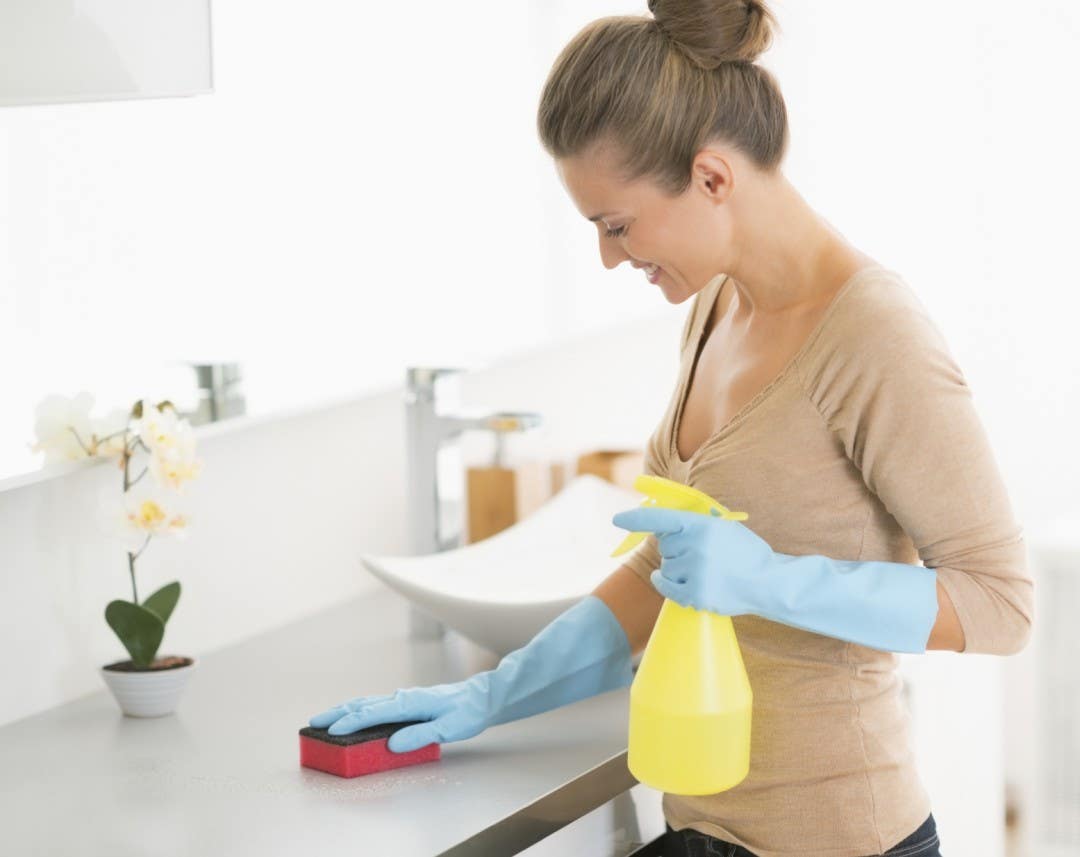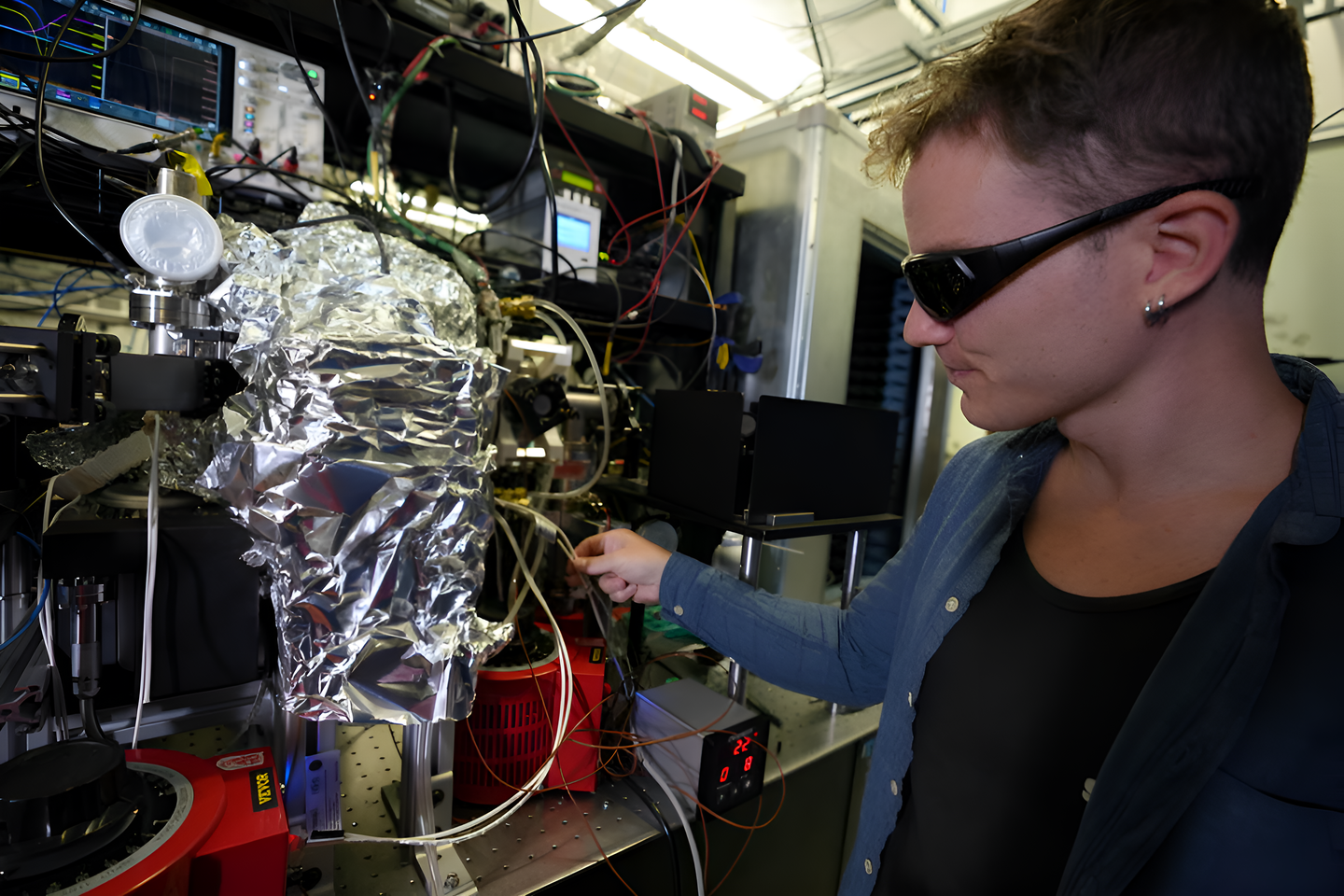Your bathroom surfaces are teeming with viruses – that could be a good thing
Your bathroom may seem like a sterile environment, but it turns out to be home to an astonishingly diverse community of microorganisms, according to a new study led by microbiologists…

A Northwestern University study finds that showerheads and toothbrushes are home to hundreds of previously unknown viruses. (CREDIT: CC BY-SA 3.0)
Your bathroom may seem like a sterile environment, but it turns out to be home to an astonishingly diverse community of microorganisms, according to a new study led by microbiologists at Northwestern University.
Showerheads and toothbrushes, two of the most common objects in any household, harbor a vast collection of viruses—many of which have never been documented before. The catch? These viruses aren’t targeting humans. Instead, they infect bacteria, offering intriguing possibilities for the future of medicine, particularly in the fight against antibiotic-resistant infections.
The viruses identified in this research belong to a group called bacteriophages, or “phages,” which are viruses that specifically attack bacteria. While researchers are still learning about phages, their potential is already being explored for therapeutic purposes.
With the rise of antibiotic resistance, phages could offer a powerful alternative treatment for bacterial infections. What makes this study particularly exciting is the discovery of previously unknown phages in a place as mundane as your bathroom, hinting that the next breakthrough in medicine might be hiding in plain sight.
Erica M. Hartmann, the study's lead author and an associate professor of civil and environmental engineering at Northwestern’s McCormick School of Engineering, was surprised by the sheer number of viruses her team found. “The number of viruses that we found is absolutely wild,” Hartmann said.
“We found many viruses that we know very little about and many others that we have never seen before. It’s amazing how much untapped biodiversity is all around us. And you don’t even have to go far to find it; it’s right under our noses,” she continued.
This research, set to be published in the journal Frontiers in Microbiomes, builds on previous studies where Hartmann and her colleagues at the University of Colorado at Boulder investigated bacteria found on toothbrushes and showerheads.
Related Stories
They originally conducted this research to explore how microbes thrive in moist environments within our homes, affectionately referring to the toothbrush project as “Operation Pottymouth.” Their curiosity led them to expand the research to viruses, using DNA sequencing to analyze samples submitted by participants from their bathroom fixtures.
The findings were startling: more than 600 different viruses were identified, with little to no overlap between the types of viruses found on toothbrushes and those found on showerheads. "Each showerhead and each toothbrush is like its own little island,” Hartmann explained. “It just underscores the incredible diversity of viruses out there.”
One of the most significant discoveries was the presence of mycobacteriophages, a type of phage that infects mycobacteria. Mycobacteria can cause serious diseases, such as leprosy, tuberculosis, and chronic lung infections. Hartmann envisions that mycobacteriophages could one day be harnessed to help treat these infections.
“We could envision taking these mycobacteriophage and using them as a way to clean pathogens out of your plumbing system,” she suggested, highlighting the potential of these viruses for both medical and household sanitation applications.
Despite the idea of viruses lurking in your bathroom, Hartmann is quick to reassure the public. The microbes found on toothbrushes and showerheads aren’t generally harmful to humans. In fact, she advises against the excessive use of disinfectants or antimicrobial products, as these can lead to the development of antibiotic-resistant bacteria.
"The more you attack them with disinfectants, the more they are likely to develop resistance or become more difficult to treat,” she said. Instead, Hartmann recommends simpler cleaning methods, like soaking showerheads in vinegar to remove calcium buildup or replacing toothbrush heads regularly.
The key takeaway from this study is that microbes are a natural part of our environment, and most of them won’t cause harm. “Microbes are everywhere, and the vast majority of them will not make us sick,” Hartmann emphasized. Rather than being alarmed by their presence, she encourages people to accept that these microorganisms play an essential role in our ecosystems—both indoors and out.
As scientists continue to study these viruses, they may unlock new treatments for some of the most challenging bacterial infections. In the meantime, the research reminds us that biodiversity doesn’t only exist in exotic ecosystems. Sometimes, the most fascinating organisms are living in the places we least expect—like the objects we use every day.
Note: Materials provided above by The Brighter Side of News. Content may be edited for style and length.
Like these kind of feel good stories? Get The Brighter Side of News' newsletter.
Rebecca Shavit
Science & Technology Journalist | Innovation Storyteller
Based in Los Angeles, Rebecca Shavit is a dedicated science and technology journalist who writes for The Brighter Side of News, an online publication committed to highlighting positive and transformative stories from around the world. With a passion for uncovering groundbreaking discoveries and innovations, she brings to light the scientific advancements shaping a better future. Her reporting spans a wide range of topics, from cutting-edge medical breakthroughs and artificial intelligence to green technology and space exploration. With a keen ability to translate complex concepts into engaging and accessible stories, she makes science and innovation relatable to a broad audience.



